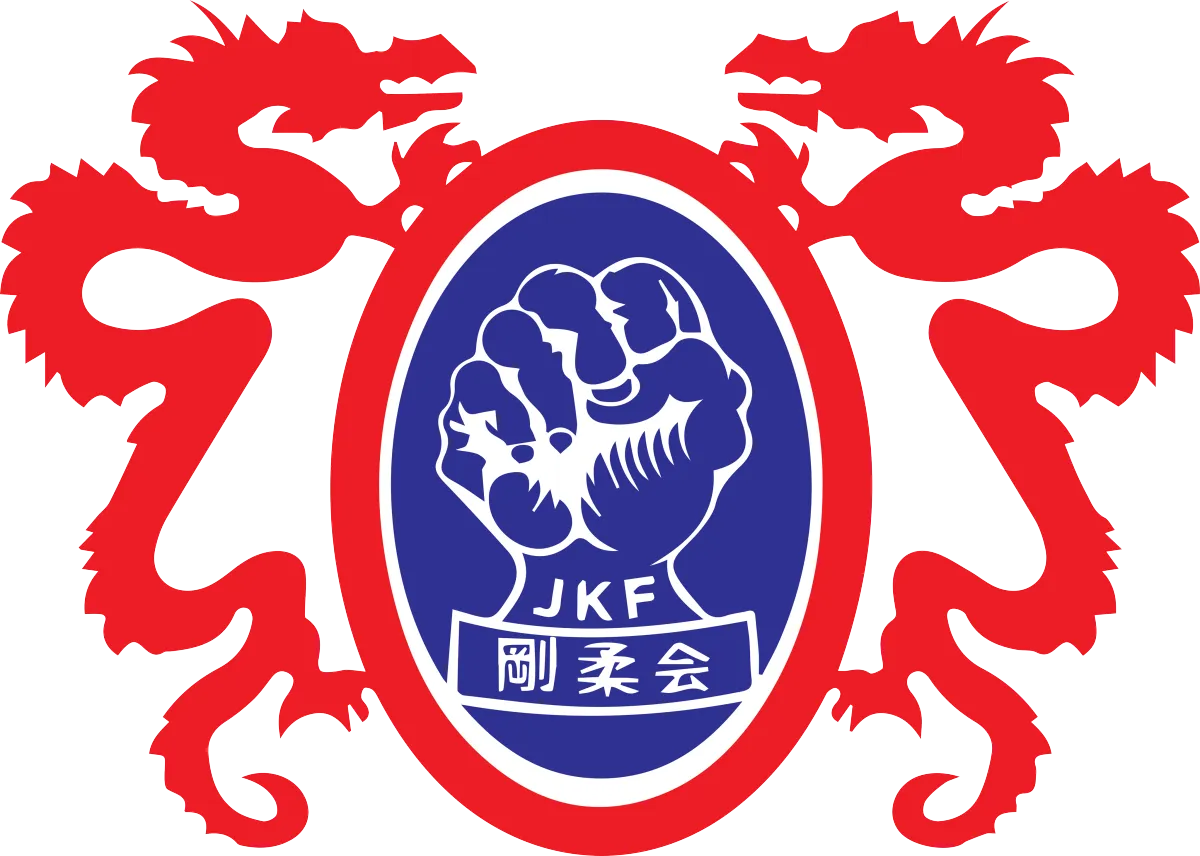MOTIVIATION
Three Key Suggestions to Motivate You when you Practice Karaty
MOTIVIATION
Three Key Suggestions to Motivate You when you Practice Karaty

Three Key Suggestions to Motivate You when you Practice Kata
Most young kids don’t enjoy kata. Although they may believe it’s important to karate or they might enjoy learning new katas, many newer students don’t enjoy practicing the katas themselves. This sometimes leads to students feeling burnt out or forever seeking new katas to learn. This brief article will suggest a few ways to combat such kata-fatigue.
Master Chojun Miyagi used to teach (the majority of) his students only two katas: Sanchin and one other. The other kata was chosen based on the student’s unique characteristics. This was it. For as long as that student trained, he would only work on these two katas. The student didn’t need all the katas to learn to fight or to learn the principles of karate. He only needed to look deep within and master these two katas.
I mention this for two reasons. First, students who quickly seek to learn all the katas will only get a superficial understanding of them and, therefore, develop a superficial, generalized understanding of karate itself. It’s better to deeply study fewer katas but to integrate them into your being than to memorize many katas. Second, the fact that Miyagi’s students could spend a lifetime focusing on two katas suggests that there is enough depth to keep us occupied if we explore them sincerely.
So, assuming you’ve already memorized the movements, here are a few suggestions for where to put your mind when you practice your kata:

1.) Visualization – Each technique in a kata has many potential applications. Therefore, as you’re practicing, imagine using your technique against an opponent. This probably seems obvious, but many people don’t do it. If you imagine executing a technique against an opponent, the technique will become real, and your entire body structure will shift accordingly. This way of practicing is necessary to have power. When you practice your kata, imagine applying the technique.

2.) Posture – One of Sanchin-kata’s major focuses is posture. For example, when the sensei stands behind the student who is performing Sanchin, he strikes the shoulders downward, sending shocks down the back, teaching the body to align properly. Furthermore, when sitting in Seiza at the beginning and end of class, one should practice proper alignment and posture, ensuring that the entire spinal column is straight and that the body is perfectly centered. Whether you’re in Seisa, Sanchin-dachi, or just walking, get used to this feeling of balance and posture. After executing a technique, scan your body’s posture, perhaps imagining your sensei striking your shoulders downward. Feel in your feet your weight distribution. Occasionally, practice your katas with your posture and balance as your primary focus.

3.) Breathing – This is the other major focus of Sanchin-kata. There are two ways of breathing. We can activate just the intercostal muscles (ones between our ribs), forcing our upper chest to expand, thus filling a portion of our lungs. We often call this “shallow breathing,” and it often happens naturally when one is stressed. The other way is to activate the diaphragm muscle, which then pulls downward, thus expanding our lungs, allowing for a deep and full breath. When one focuses on breathing into his danten, the center of the body roughly three fingers below the navel, one activates the diaphragm in this way. Learn to coordinate your breathing with your techniques. As a rule, inhale when gathering power; exhale when expressing it. As you practice your katas, sometimes keep your mind on your dantien and focus on your breathing. The karate we teach kids and adults at Traditional Karate Center in Sugar Land places a lot of emphasis on breathing early in the learning stages.
This list is not exhaustive. One could focus on speed, power, relaxing, on endurance, time, etc. There is no limit to where you can put your mind while training. There is more than enough in you and in your katas to warrant a lifetime of study. Kata will improve you and can be fun, but only to the extent, you invest in it. Find your way to make kata fun.
BY NATHAN WORK
sensei Nathan Work, 4th Dan in Goju Ryu and is a
senior Karate students and Instructor
at the Traditional Karate Center
in sugar Land Texas
OUR MEMBERSHIPS

USA NATIONAL KARATE DO FEDERATION

JAPAN KARATE DO FEDERATION
GOJU KAI

OKINAWA GOJU RYU KARATE DO KYO KAI

USA NATIONAL KARATE DO FEDERATION

JAPAN KARATE DO FEDERATION
GOJU KAI

OKINAWA GOJU RYU KARATE DO KYO KAI
SUCCESSFUL STORIES
We have been under Ramon Veras Sensei for approximately six years now. Sensei Veras has been a major role in Ernie and Jose Luis and continues to be under his guidance and advice. I strongly recommend Traditional Karate Center and staff in Sugarland Texas for martial arts training the very best.

Alonso Salinas, Laredo TX
Customer
Traditional Karate Center is the only authentic traditional karate in Sugar Land. I have done my research before coming here seven years ago. My daughter was 5 years old then now she is 12 years old. I have seen her blossom into a karateka with the guidance and mentorship of Sensei Ramon Veras, Sensei Nizar, Sensei Nathan, and Sensei Cassie. We consider this as our second home and all the Sensei our family. The quality of teaching was so exceptional that my entire family have joined in the class. The quality of training you will have here is the same quality of training you will get if you go to Japan.

Jam Lopez, Sugar Land Parent
Customer
Sensei Ramon Veras is one of the best and most respected instructors in the martial arts. He has an incredible ability to get the very best out of his students. All of the instructors at Traditional Karate Center are very nice and caring. They teach with such enthusiasm and passion and treat everyone like family. I highly recommend Traditional Karate Center in Sugar Land, TX.

Rommel GArgoles
Customer
We have been under Ramon Veras Sensei for approximately six years now. Sensei Veras has been a major role in Ernie and Jose Luis and continues to be under his guidance and advice. I strongly recommend Traditional Karate Center and staff in Sugarland Texas for martial arts training the very best.

Alonso Salinas, Laredo TX
Customer
Traditional Karate Center is the only authentic traditional karate in Sugar Land. I have done my research before coming here seven years ago. My daughter was 5 years old then now she is 12 years old. I have seen her blossom into a karateka with the guidance and mentorship of Sensei Ramon Veras, Sensei Nizar, Sensei Nathan, and Sensei Cassie. We consider this as our second home and all the Sensei our family. The quality of teaching was so exceptional that my entire family have joined in the class. The quality of training you will have here is the same quality of training you will get if you go to Japan.

Jam Lopez, Sugar Land Parent
Customer
Sensei Ramon Veras is one of the best and most respected instructors in the martial arts. He has an incredible ability to get the very best out of his students. All of the instructors at Traditional Karate Center are very nice and caring. They teach with such enthusiasm and passion and treat everyone like family. I highly recommend Traditional Karate Center in Sugar Land, TX.



